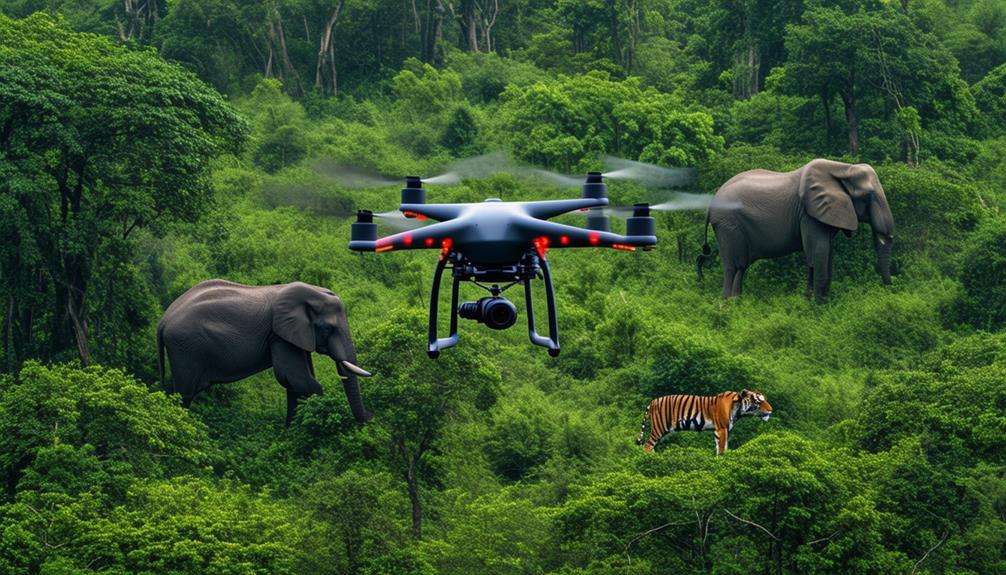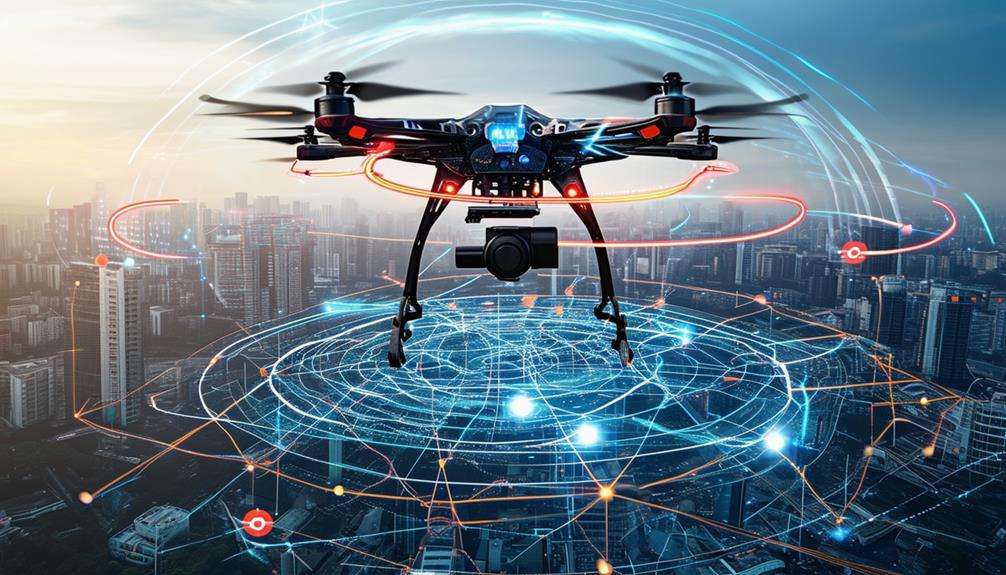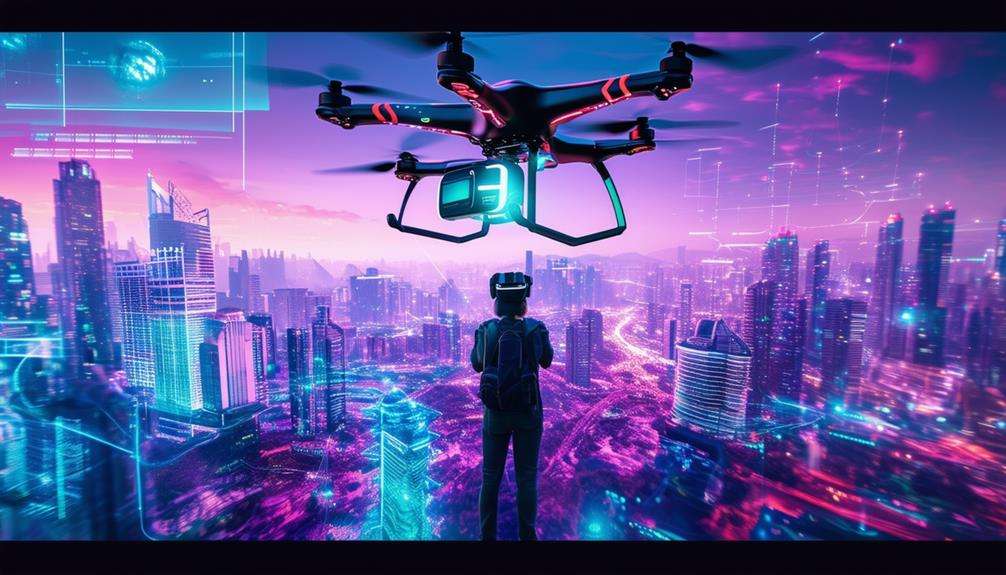Can You Fly Drones Around Birds?
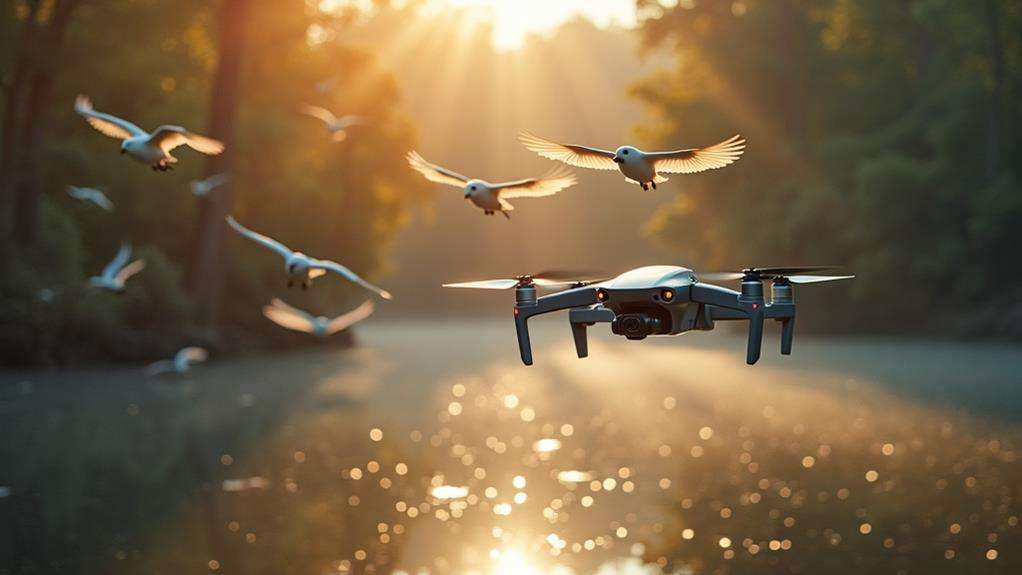
Flying drones around birds involves more than capturing breathtaking aerial footage; it carries significant risks and responsibilities. Understanding the dangers of bird strikes and adhering to legal restrictions are crucial. Timing and location can drastically affect how your drone interacts with wildlife, making it essential to consider these factors before launching. To fly responsibly around birds, it's important to follow the law and respect nature.
Understanding Bird Strikes
Understanding bird strikes is vital for any drone operator aiming to fly safely and responsibly. The risk of bird strikes increases significantly when flying near birds. These incidents occur when a drone collides with a bird during flight, often leading to severe consequences. Bird strikes are the 5th most common cause for drone insurance claims in 2023, highlighting the importance of this issue.
Bird strikes can result in malfunctions, crashes, or loss of GPS signal, posing threats to both the operator and bystanders. Additionally, physical injuries to birds from the drone's propellers can disrupt their natural behaviors, such as migration and nesting. This disruption not only affects the birds but can also impact the local wildlife ecosystem.
To mitigate these risks, effective strategies include avoiding areas with high bird activity, such as nesting sites. Maintain a safe distance and fly at altitudes above typical bird flight paths. Additionally, consider operating your drone during times of reduced bird activity. By implementing these practices, you can help prevent bird encounters and ensure a safer flying experience for everyone involved.
Location Awareness
Location awareness is essential for safely operating drones and avoiding bird strikes, as well as minimizing disturbances to wildlife. To prevent such incidents, avoid flying your drone near bird congregation areas such as parks, wetlands, and reserves where local birds are abundant. These areas often pose a higher risk of bird attacks on drones due to territorial behavior or curiosity.
Before commencing your drone operations, research local wildlife patterns to identify known bird habitats. Utilize maps or apps that track bird habitats and activity zones to plan your flight paths effectively. This helps you avoid areas with high bird presence. Consider environmental factors such as food sources and nesting sites, which can attract birds to specific locations.
Seasonal changes significantly influence bird behavior. Birds may migrate or become more active in certain areas during specific times of the year. By staying informed about these changes, you can adjust your flight plans accordingly, ensuring responsible drone operation.
Timing of Flights
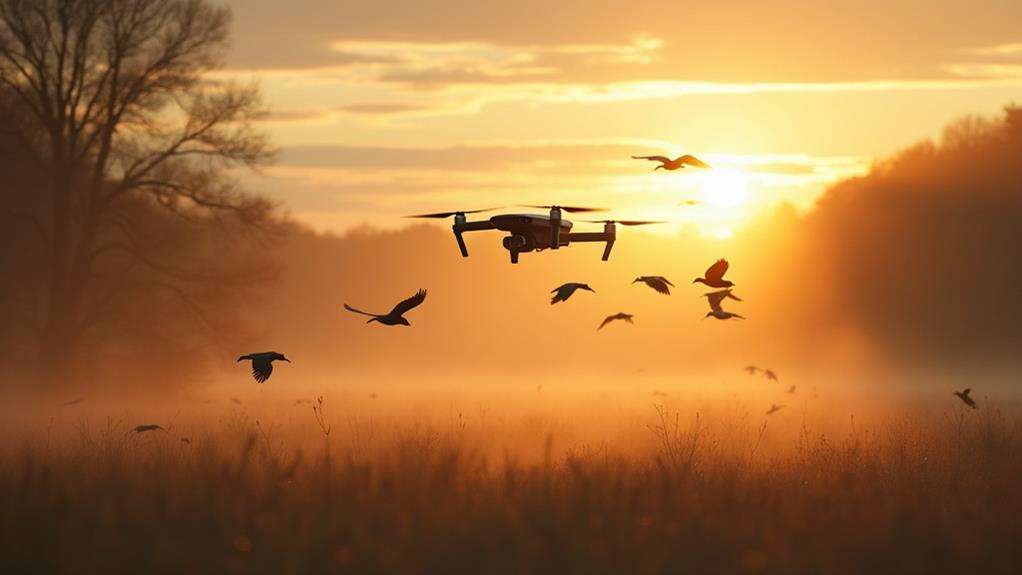
Timing your drone flights can significantly reduce the risk of bird encounters. Birds are most active during early mornings and late afternoons, so scheduling your flights for mid-day or late evening can help you avoid these peak activity periods. By being mindful of flight timing, you can reduce encounters and minimize disturbances to local wildlife.
Seasonal changes also play a crucial role in bird behavior. During nesting seasons, birds may become more protective and aggressive, making it essential to adjust your flight schedules. Monitoring local wildlife patterns, such as feeding times and migration periods, can give you valuable insights into optimal flight times. For instance, some species may have specific feeding times that you can avoid.
Additionally, keep an eye on the weather. Wind and rain can influence bird movements, so choosing calmer, clearer days for your drone flights can further reduce the likelihood of interactions. Understanding and adapting to these factors can make your drone operation smoother and more respectful to the natural environment.
Evasive Actions
Recognizing signs of imminent bird attacks is crucial for taking effective evasive actions during drone flights. Birds often display circling behavior and loud vocalizations when they feel threatened or are defending their territory. To ensure your drone's safety and minimize stress on birds, it's important to be aware of your surroundings and ready to respond swiftly.
Here are some key steps to take:
- Ascend Quickly: If you notice an aggressive bird encounter, quickly ascend your drone. Most birds attack from above, so gaining altitude can help you avoid these threats.
- Emergency Landing: If a bird attacks your drone, immediately cease operations and initiate an emergency landing. This helps minimize damage to your drone and stress on the bird.
- Maintain Situational Awareness: Before resuming flight, monitor bird behavior to understand if it is safe to continue your drone activity.
- Document Incidents: Record any bird encounters to analyze and improve your evasive strategies for future flights.
Legal and Ethical Considerations
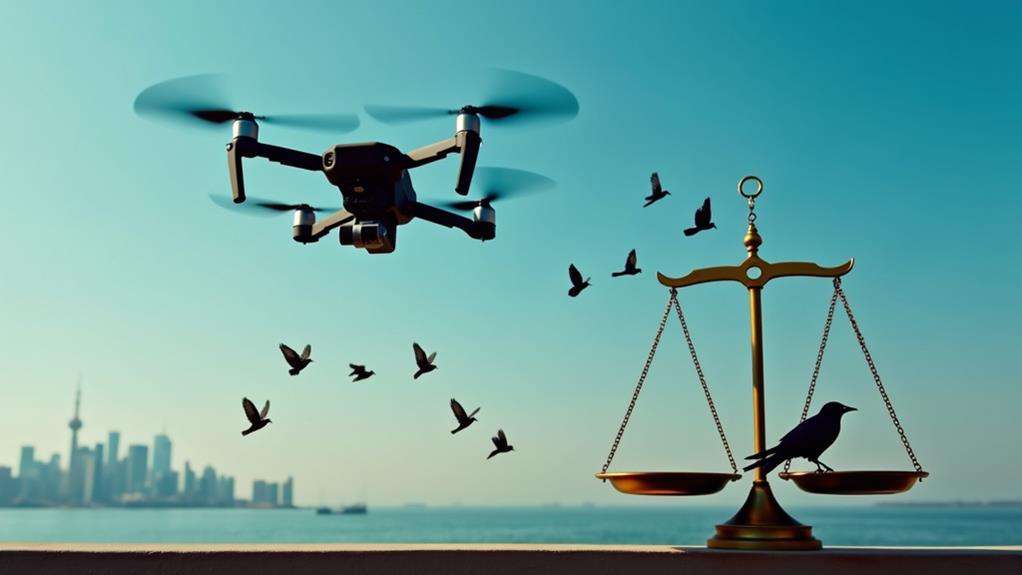
Understanding how to respond to bird encounters is just one aspect of responsible drone operation. In the U.S., federal laws like the Migratory Bird Treaty Act of 1918 make it illegal to disturb birds with your drone. Harassing protected bird species, especially during nesting or migratory seasons, can lead to significant fines and even jail time.
Ethical drone use involves steering clear of sensitive wildlife areas to minimize the risk of stressing or harming bird populations. Birds often react negatively to drones, which can disrupt their natural behaviors and adversely impact conservation efforts. To fly your drone responsibly, you must be aware of and comply with local wildlife preservation laws. Consulting local authorities about specific regulations is vital for public safety and to ensure compliance with drone laws.
Here's a quick reference:
| Action | Consideration |
|---|---|
| Avoid nesting areas | Reduces stress and potential harm to bird populations |
| Consult local authorities | Ensures compliance with local drone laws |
| Keep distance from birds | Prevents harassment of protected bird species |
| Educate yourself on laws | Minimizes legal risks, such as fines or jail time |
Adhering to these guidelines will help you operate your drone ethically and legally, protecting both the birds and yourself.

